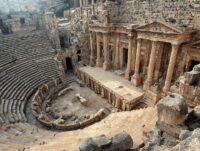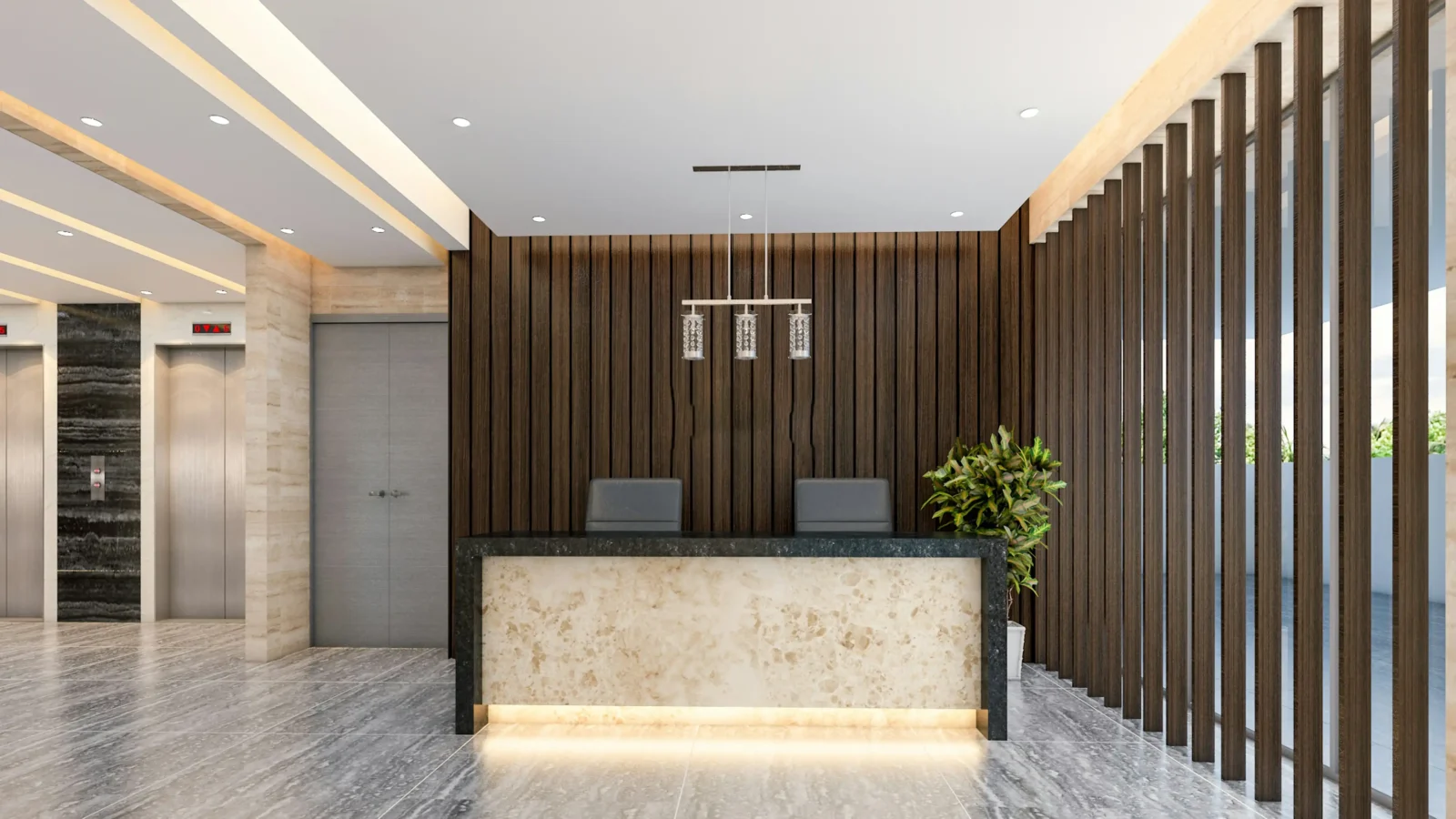- Home
- Articles
- Architectural Portfolio
- Architectral Presentation
- Inspirational Stories
- Architecture News
- Visualization
- BIM Industry
- Facade Design
- Parametric Design
- Career
- Landscape Architecture
- Construction
- Artificial Intelligence
- Sketching
- Design Softwares
- Diagrams
- Writing
- Architectural Tips
- Sustainability
- Courses
- Concept
- Technology
- History & Heritage
- Future of Architecture
- Guides & How-To
- Projects
- Interior Design
- Competitions
- Jobs
- Store
- Tools
- More
- Home
- Articles
- Architectural Portfolio
- Architectral Presentation
- Inspirational Stories
- Architecture News
- Visualization
- BIM Industry
- Facade Design
- Parametric Design
- Career
- Landscape Architecture
- Construction
- Artificial Intelligence
- Sketching
- Design Softwares
- Diagrams
- Writing
- Architectural Tips
- Sustainability
- Courses
- Concept
- Technology
- History & Heritage
- Future of Architecture
- Guides & How-To
- Projects
- Interior Design
- Competitions
- Jobs
- Store
- Tools
- More

The Kingdom of Saudi Arabia has officially opened its Pavilion at Expo 2025 Osaka, designed by renowned architecture firm Foster + Partners. Located on the waterfront of Yumeshima Island, the Pavilion offers an immersive and engaging spatial experience that reflects the atmosphere of Saudi Arabian towns and cities. It aims to introduce visitors to the Kingdom’s rich cultural heritage and modern transformation, while also showcasing its commitment to sustainability and inclusive design.
Table of Contents
ToggleA Vision of Sustainability and Legacy
From the outset, the Pavilion was conceived with legacy and environmental performance in mind. It has been designed to meet the highest level of Japan’s green building rating system (CASBEE S) and will operate with net-zero carbon emissions. It is also the first temporary structure to receive the WELL Health and Safety Rating certification, recognizing its high standards in health, safety, and environmental design. The Pavilion makes extensive use of low-carbon materials and includes energy-efficient lighting, rooftop photovoltaic panels, and a lightweight structural system that reduces the need for concrete foundations.

Design Inspired by Saudi Streetscapes
Luke Fox, Head of Studio at Foster + Partners, described the Pavilion as a journey through the diverse landscapes and streetscapes of Saudi Arabia. “Every aspect has been thoughtfully designed to create a one-of-a-kind experience that reflects the Kingdom’s vibrant identity and is accessible to everyone,” said Fox.
Visitors are greeted by a forecourt planted with flora native to Saudi Arabia, setting the tone for the experience inside. From there, they move through a network of narrow streets that lead to the heart of the Pavilion: the Saudi Courtyard. This central space serves as a quiet retreat during the day and transforms into a lively venue for cultural performances and events in the evening.
An Immersive Cultural Experience
Surrounding the Courtyard is a “village” of meandering streets, doorways, and windows that reveal immersive environments created in partnership with Journey (59 Productions and Squint/Opera). These spaces invite guests to explore the everyday life and architecture of the Kingdom through storytelling and interactive experiences.
Tony Miki, Partner at Foster + Partners, emphasized the Pavilion’s role in connecting international visitors with Saudi Arabian artists and musicians. “The Pavilion acts as a small urban environment that blends tradition with innovation. It allows visitors to fully engage with the cultural and creative energy shaping the Kingdom’s future,” he noted. The digital content, integrated seamlessly with the architecture, enhances this narrative experience.

Smart and Climate-Responsive Architecture
Designed to echo the organic forms of traditional Saudi villages, the Pavilion also incorporates smart environmental strategies. Its massing and layout were refined using computational fluid dynamics to harness cool breezes during the summer months and shield against cold winds in April and October. These climate-responsive strategies are part of the Pavilion’s broader environmental goals, aligned with the Saudi Green Initiative.
A Model of Inclusive Design
Inclusivity is another cornerstone of the Pavilion’s design. The sloped site is addressed with a single ramped entry that accommodates all visitors, regardless of physical ability. The central stage is retractable and can be raised to ground level, ensuring equal access for all performers. Wheelchair-friendly seating areas are thoughtfully placed among general seating, so everyone can enjoy events together.

In the restaurant, seating is arranged at various levels to offer diverse options, and the restroom features a ceiling track hoist—a rare feature in Japan that supports independent movement for people with physical disabilities. A calm room has also been provided, following neuro-inclusion principles, offering a sensory-free space for visitors who may need a break. Signage throughout the Pavilion includes Japanese Braille in addition to written Japanese and English, ensuring accessibility for people with visual impairments.
Collaboration and Cultural Storytelling
Leo Warner, Director at Journey, praised the collaboration with Foster + Partners. “This partnership allowed us to create a Pavilion that not only tells Saudi Arabia’s story authentically but also redefines what a national pavilion can be in an Expo setting,” he said.
Luke Fox, Head of Studio at Foster + Partners, described the Pavilion as a journey through the diverse landscapes and streetscapes of Saudi Arabia. “Every aspect has been thoughtfully designed to create a one-of-a-kind experience that reflects the Kingdom’s vibrant identity and is accessible to everyone,” said Fox.
Visitors are greeted by a forecourt planted with flora native to Saudi Arabia, setting the tone for the experience inside. From there, they move through a network of narrow streets that lead to the heart of the Pavilion: the Saudi Courtyard. This central space serves as a quiet retreat during the day and transforms into a lively venue for cultural performances and events in the evening. Surrounding this space is a “village” of meandering streets, doorways, and windows that reveal immersive environments created in partnership with Journey (59 Productions and Squint/Opera). These spaces invite guests to explore the everyday life and architecture of the Kingdom through storytelling and interactive experiences.

Tony Miki, Partner at Foster + Partners, emphasized the Pavilion’s role in connecting international visitors with Saudi Arabian artists and musicians. “The Pavilion acts as a small urban environment that blends tradition with innovation. It allows visitors to fully engage with the cultural and creative energy shaping the Kingdom’s future,” he noted. The digital content, integrated seamlessly with the architecture, enhances this narrative experience.
Designed to echo the organic forms of traditional Saudi villages, the Pavilion also incorporates smart environmental strategies. Its massing and layout were refined using computational fluid dynamics to harness cool breezes during the summer months and shield against cold winds in April and October. These climate-responsive strategies are part of the Pavilion’s broader environmental goals, aligned with the Saudi Green Initiative.
Inclusivity is another cornerstone of the Pavilion’s design. The sloped site is addressed with a single ramped entry that accommodates all visitors, regardless of physical ability. The central stage is retractable and can be raised to ground level, ensuring equal access for all performers. Wheelchair-friendly seating areas are thoughtfully placed among general seating, so everyone can enjoy events together. In the restaurant, seating is arranged at various levels to offer diverse options, and the restroom features a ceiling track hoist—a rare feature in Japan that supports independent movement for people with physical disabilities.

A calm room has also been provided, following neuro-inclusion principles, offering a sensory-free space for visitors who may need a break. Signage throughout the Pavilion includes Japanese Braille in addition to written Japanese and English, ensuring accessibility for people with visual impairments.
Leo Warner, Director at Journey, praised the collaboration with Foster + Partners. “This partnership allowed us to create a Pavilion that not only tells Saudi Arabia’s story authentically but also redefines what a national pavilion can be in an Expo setting,” he said.
In all, the Saudi Arabia Pavilion for Expo 2025 Osaka is more than just an exhibition space—it’s a holistic experience that brings together architecture, sustainability, technology, and inclusive design to reflect the Kingdom’s evolving identity on the world stage.
Photo Credit: www.archdaily.com
- Expo 2025 architecture
- Expo 2025 Japan Saudi Pavilion
- Expo 2025 Osaka pavilion
- Expo 2025 pavilion features
- Expo Osaka 2025 highlights
- Foster + Partners Expo 2025 Osaka
- Foster + Partners Saudi Pavilion
- Innovative pavilions Expo 2025
- KSA architectural design 2025
- KSA Expo 2025 Osaka highlights
- KSA Pavilion design features
- KSA Pavilion Expo 2025
- Osaka Expo 2025 Foster + Partners
- Osaka Expo 2025 Saudi Arabia Pavilion
- Pavilion architecture Expo 2025
- Pavilion design by Foster + Partners
- Saudi Arabia at Expo 2025
- Saudi Arabia Expo 2025
- Saudi Arabia Expo pavilion
- Saudi Pavilion design 2025
Submit your architectural projects
Follow these steps for submission your project. Submission FormLatest Posts
Best Tools for Tracking Construction Labor Hours
Quick View of the Products Listed Best Overall: Workyard – Complete construction...
More Than a Gate: Designing a Secure and Stylish Home Entryway
A property’s entrance tells a story before a single guest steps inside....
Employer Liability and Smartphones: When Work Texts Cause Crashes
In today’s connected world, it’s nearly impossible to separate work from daily...
What Are the Best Topics for Architectural CE?
By now, every architect in the United States understands that continuing education...























Leave a comment